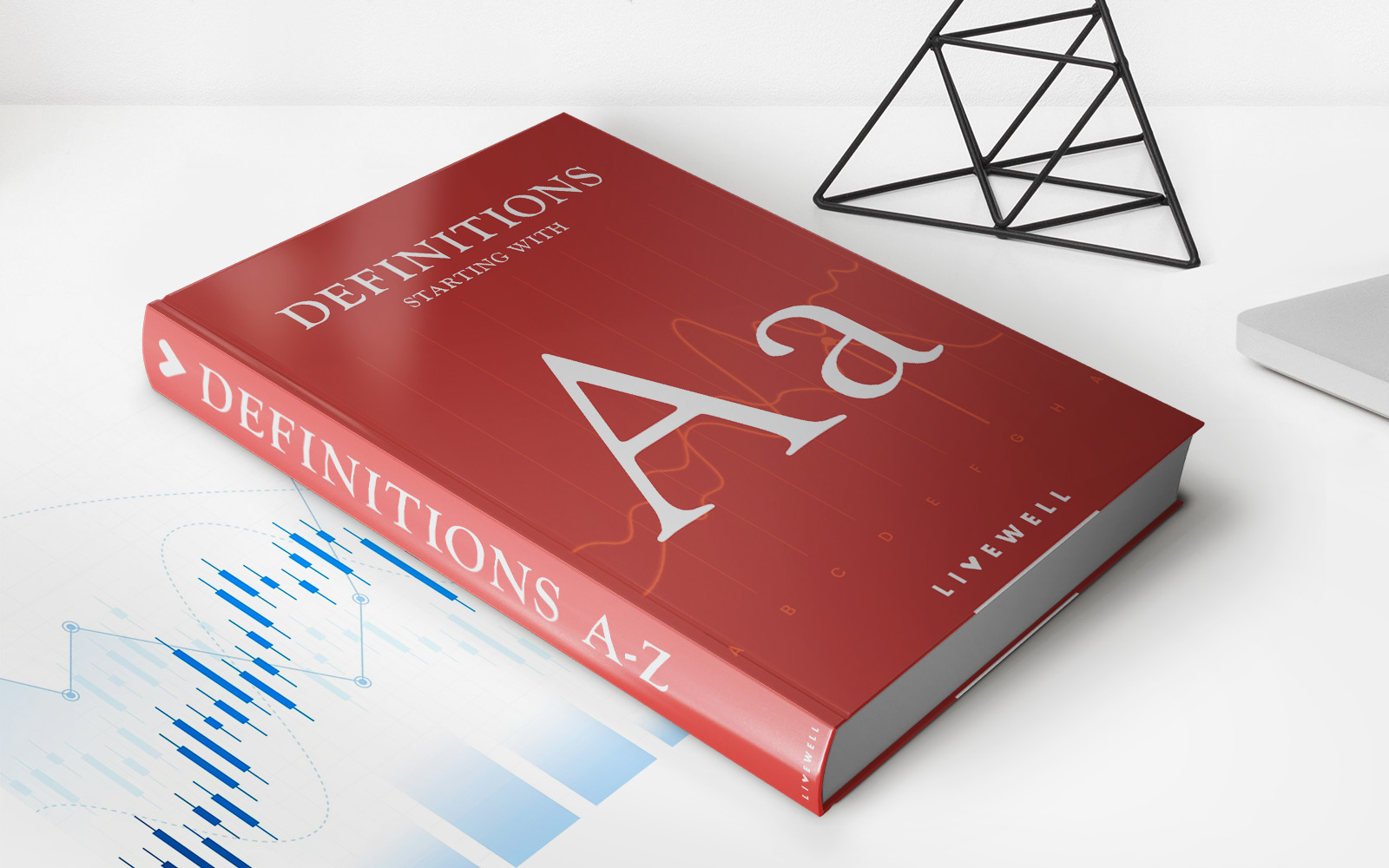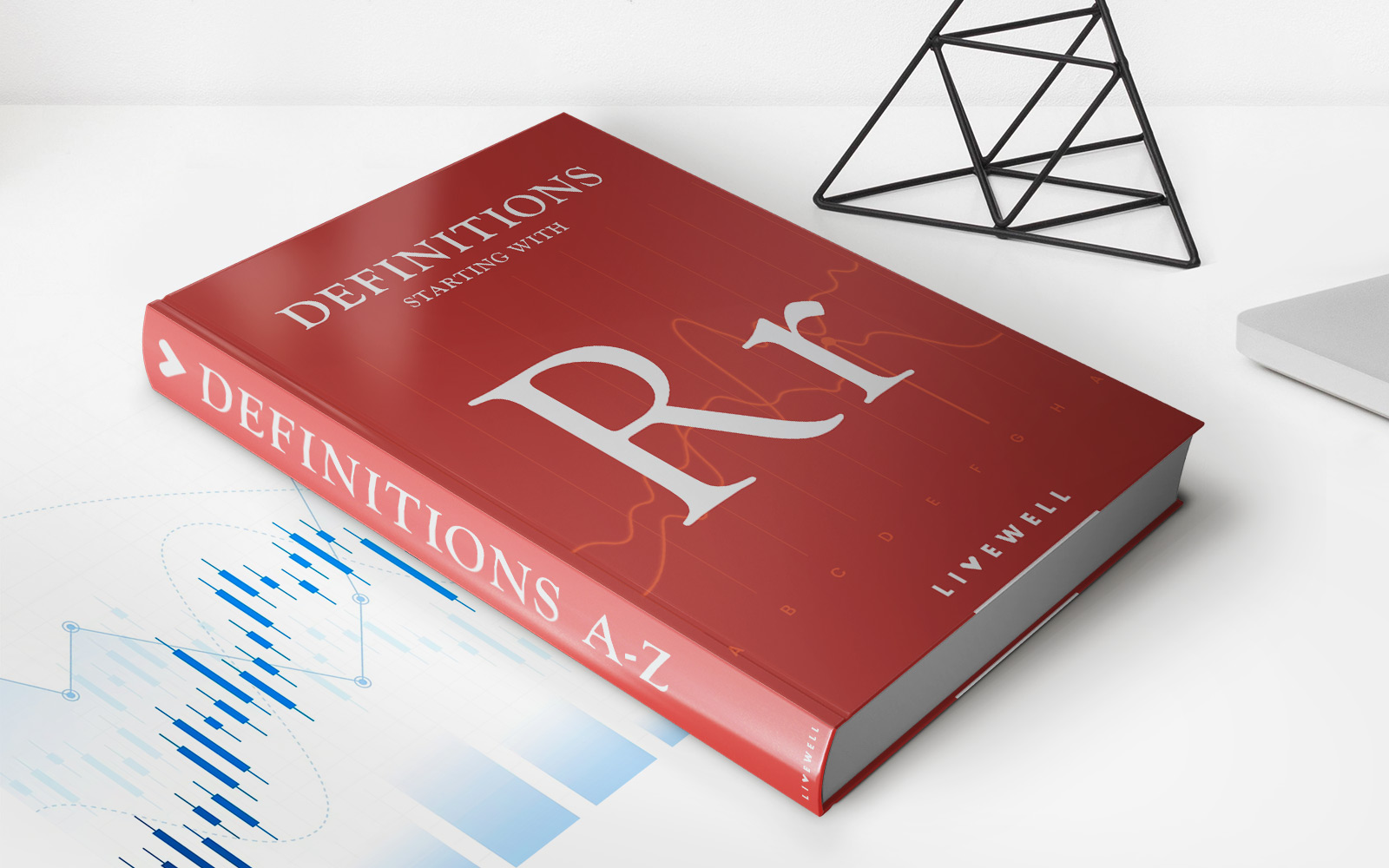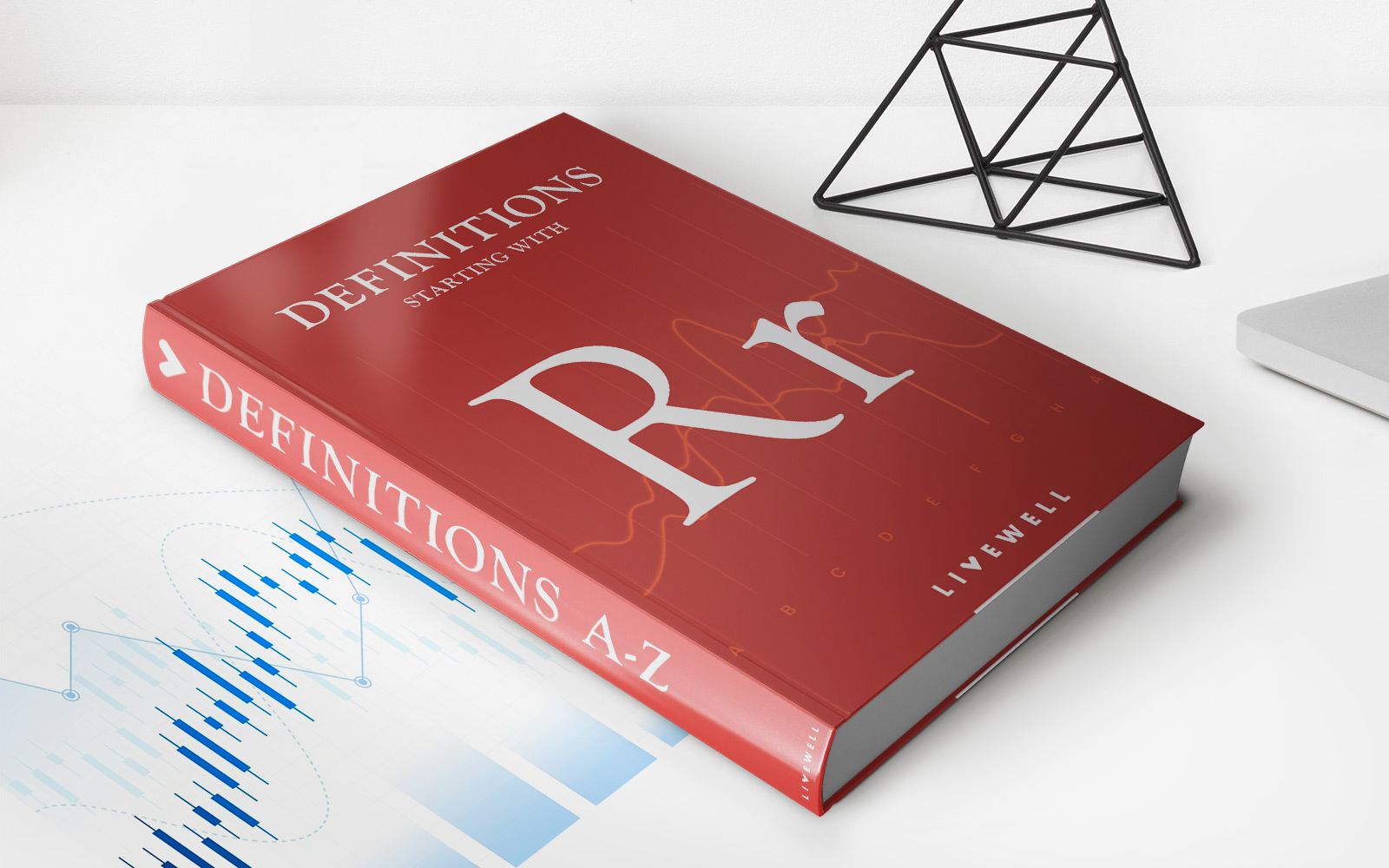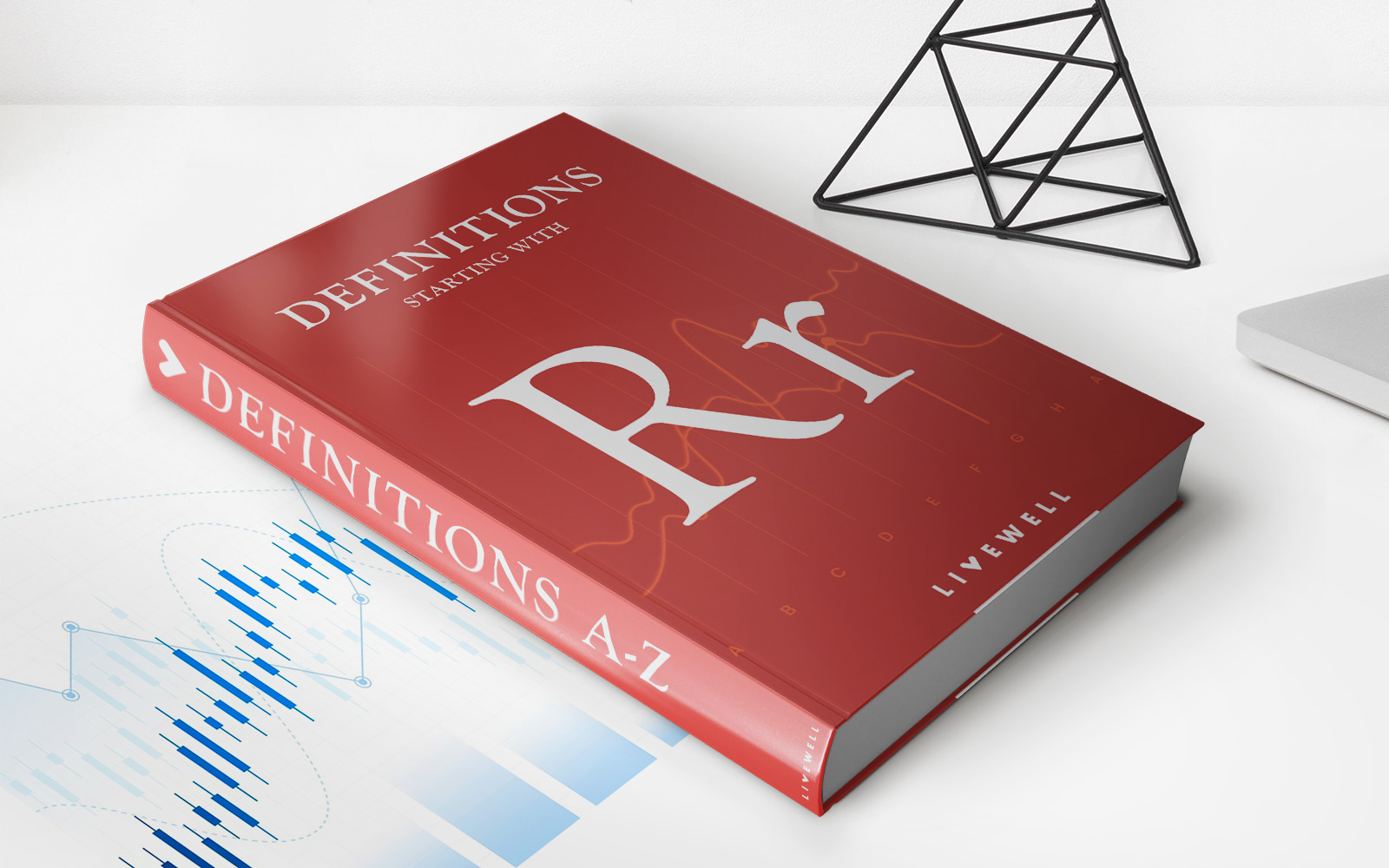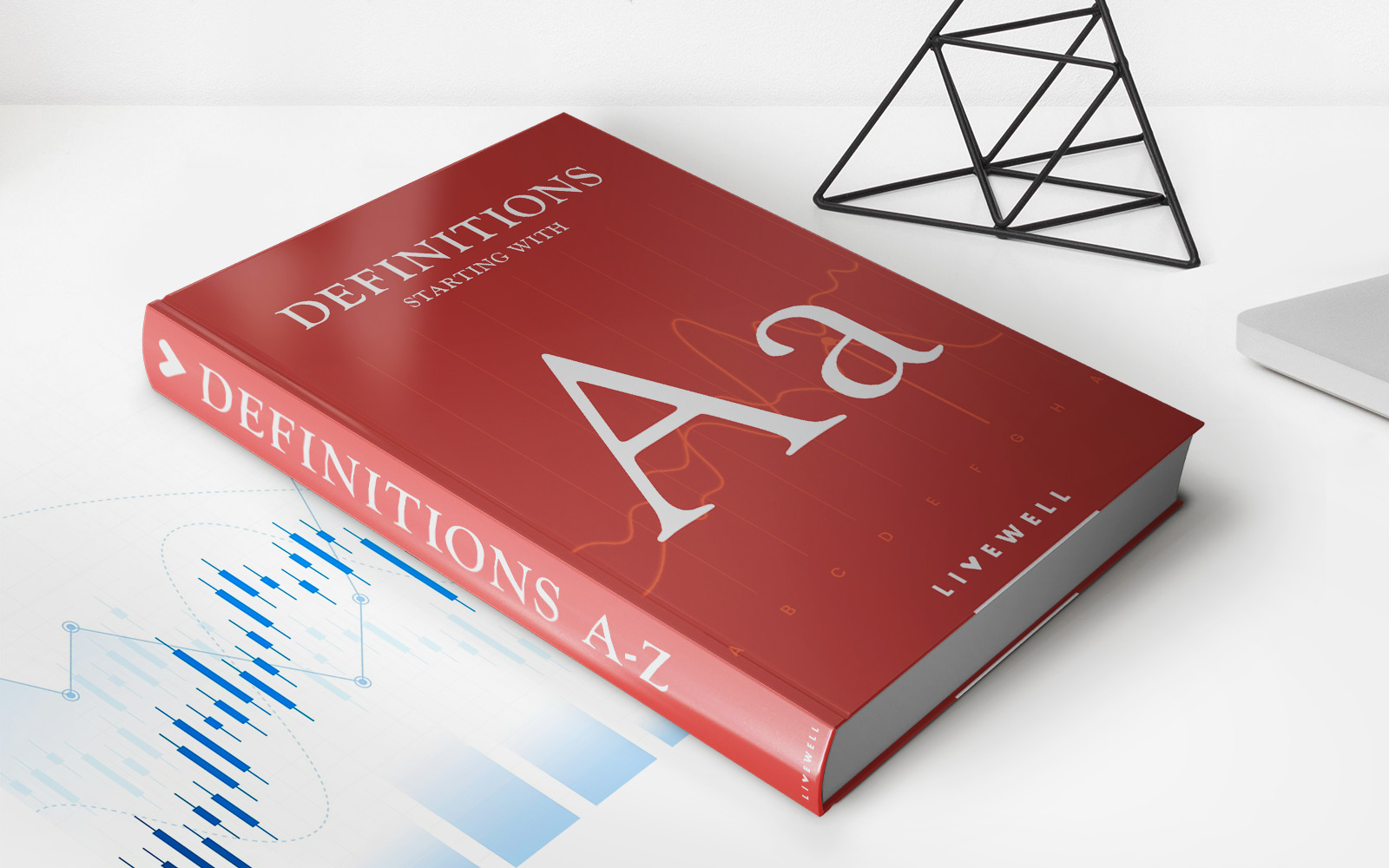Home>Finance>Graham Number: Definition, Formula, Example, And Limitations


Finance
Graham Number: Definition, Formula, Example, And Limitations
Published: December 1, 2023
Learn about the Graham Number in finance, its definition, formula, example, and limitations. Gain insights into this important concept.
(Many of the links in this article redirect to a specific reviewed product. Your purchase of these products through affiliate links helps to generate commission for LiveWell, at no extra cost. Learn more)
Graham Number: Definition, Formula, Example, and Limitations
Welcome to another exciting edition of our Finance category! Today, we will be delving deep into the world of finance and exploring a concept called the Graham Number. Have you ever wondered how to potentially identify undervalued stocks? Well, the Graham Number might just be the answer you are looking for! In this blog post, we will provide you with a clear definition of the Graham Number, explain the formula behind it, provide an example, and discuss its limitations. So, let’s dive in and uncover the secrets of the Graham Number!
Key Takeaways:
- The Graham Number is a valuation method used to identify potentially undervalued stocks.
- It was created by Benjamin Graham, often considered the father of value investing.
Definition of the Graham Number
The Graham Number is a valuation method developed by the legendary investor Benjamin Graham, who is widely regarded as the father of value investing. It is a calculation that aims to determine the fair value of a stock by considering both its earnings per share (EPS) and book value per share (BVPS). By comparing these two financial metrics, the Graham Number helps investors identify stocks that may be trading at a significant discount to their intrinsic value.
The Formula Behind the Graham Number
The formula for calculating the Graham Number is relatively straightforward:
Graham Number = sqrt(22.5 * EPS * BVPS)
- EPS refers to the company’s earnings per share, which can be found in its financial statements.
- BVPS stands for book value per share, a measure of a company’s net worth divided by its outstanding shares.
By taking the square root of the product of 22.5, EPS, and BVPS, the Graham Number provides investors with an estimate of what the stock’s fair value should be.
An Example: Calculating the Graham Number
Let’s walk through an example to illustrate how the Graham Number works. Imagine a company’s EPS is $5 and its BVPS is $30. Plugging these values into the formula, we get:
Graham Number = sqrt(22.5 * 5 * 30)
Graham Number = sqrt(3375)
Graham Number ≈ $58.15
In this example, the Graham Number suggests that the fair value of the stock should be around $58.15. If the current stock price is significantly lower than the Graham Number, it could indicate that the stock is undervalued and potentially worth considering for investment.
Limitations of the Graham Number
While the Graham Number can be a useful tool for investors, it is essential to be aware of its limitations:
- The Graham Number assumes that the stock market is inefficient and that there is a discrepancy between a stock’s market price and its intrinsic value. However, in today’s highly efficient markets, it may be challenging to consistently find undervalued stocks using this method.
- The formula is simplistic and does not take into account qualitative factors such as industry dynamics, competitive advantage, or future growth prospects. Investors need to perform additional analysis to identify a stock’s true value beyond the Graham Number calculation.
- The Graham Number is most applicable to stable, mature companies with a history of consistent earnings. It may not be as reliable for evaluating growth stocks or those in volatile industries.
Despite these limitations, the Graham Number remains a valuable tool for investors looking to incorporate value investing principles into their decision-making process. It provides a starting point for identifying potential investment opportunities but should always be supplemented with thorough research and analysis.
We hope this exploration of the Graham Number has shed some light on this valuable valuation method. It is important to remember that while formulas and calculations are helpful, investing should always involve a level of critical thinking and analytical judgment. So, keep learning, stay curious, and happy investing!
